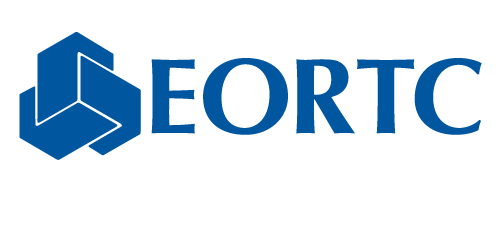EORTC and DAHANCA launch trial for patients with locally advanced squamous cell carcinoma of the head and neck
4 Jun 2014
Head and neck cancer is very common, and its incidence is rising. In 2008 in Europe the estimated number of cases was 40.4 thousand for larynx, 44.7 thousand for esophagus, and 91.9 thousand for oral cavity and pharynx (Ferlay et al. 2010). In 2012, those numbers were 39.9 thousand for larynx, 45.9 thousand for esophagus, and 99.6 thousand for oral cavity and pharynx (Ferlay et al. 2013).
Squamous cell carcinoma of the head and neck (SCCHN) is linked to risk factors such as smoking and drinking alcohol, and consequently, many patients with SCCHN have co-morbid conditions. Most of these patients, over 60%, present with locally advanced, stages III and IV, disease. Distant metastases are infrequent, and these are usually related to locoregional treatment failure. Treatment for patients with SCCHN is predominately radiotherapy alone or radiotherapy combined with cisplatin-based chemotherapy.
The Intergroup EORTC-1219-ROG-HNCG/DAHANCA-29 trial will include patients with newly diagnosed HPV 16 negative stage III-IV tumors located in the larynx, oropharynx and hypopharynx. This trial was designed to determine if nimorazole can improve the effect of primary curative accelerated fractionated concomitant chemo-radiotherapy with cisplatin on the locoregional control rate in these patients as a whole, but also to see if the treatment benefit is larger in patients who carry a 15-gene signature for hypoxia. Is the hypoxic gene profile a predictive factor for benefit of hypoxic sensitization?
Nimorazole is an anti-infective, but due to its chemical properties, it can also serve to sensitize hypoxic cells to radiotherapy. As such, it has been tested in clinical studies for treating patients with various solid tumors and was shown to be effective in radio-sensitizing squamous cell cancers.
 Vincent Gregoire of Cliniques Universitaires Saint-Luc, Brussels, and Co-Coordinator of this study says, “The beauty of this trial is that it will not only answer the question whether the use of an hypoxic cell sensitizer further increase the loco-regional efficacy of combined chemo-radiotherapy; it will also demonstrate that the 15-gene signature of hypoxia can be used to select those patients that benefit from this association.”
Vincent Gregoire of Cliniques Universitaires Saint-Luc, Brussels, and Co-Coordinator of this study says, “The beauty of this trial is that it will not only answer the question whether the use of an hypoxic cell sensitizer further increase the loco-regional efficacy of combined chemo-radiotherapy; it will also demonstrate that the 15-gene signature of hypoxia can be used to select those patients that benefit from this association.”
The randomized multicenter phase III EORTC trial 1219 plans to accrue 640 patients and will be conducted at twelve sites in six countries: Belgium, Canada, France, Germany, Switzerland, and The Netherlands. This intergroup trial is led by the Danish Head & Neck Cancer Group (DAHANCA) in collaboration with the EORTC Head and Neck Cancer (HNCG) and Radiation Oncology (ROG) Groups. Support for this trial is provided through an educational grant from Azanta Denmark A/S.
For more information concerning EORTC trial 1219 please contact: www.eortc.org/contact
John Bean, PhD
EORTC Medical Science Writer
Related News
Meet the new EORTC Board
9 Jul 2024
We are pleased to announce the release of the EORTC 2023 Annual Report
17 Jun 2024
Dr Denis Lacombe, EORTC CEO, appointed stakeholder co-chair of ACT EU advisory group
24 May 2024
Clinical Trials Day 2024: a Q&A on pragmatic clinical trials
20 May 2024
EORTC/EMA workshop suggests an international way forward for treatment optimisation studies
8 May 2024
EORTC’s Participation at the ESTRO Congress 2024
29 Apr 2024
EORTC: Advancing research and treatment for rare cancers
29 Feb 2024
EORTC Fellowship Programme: celebrating more than 20 years of impactful collaboration
22 Feb 2024
Appointment of Malte Peters as EORTC Strategic Alliance Officer
9 Feb 2024
Unique series of workshops in partnership with the European Medicines Agency (EMA)
7 Feb 2024


